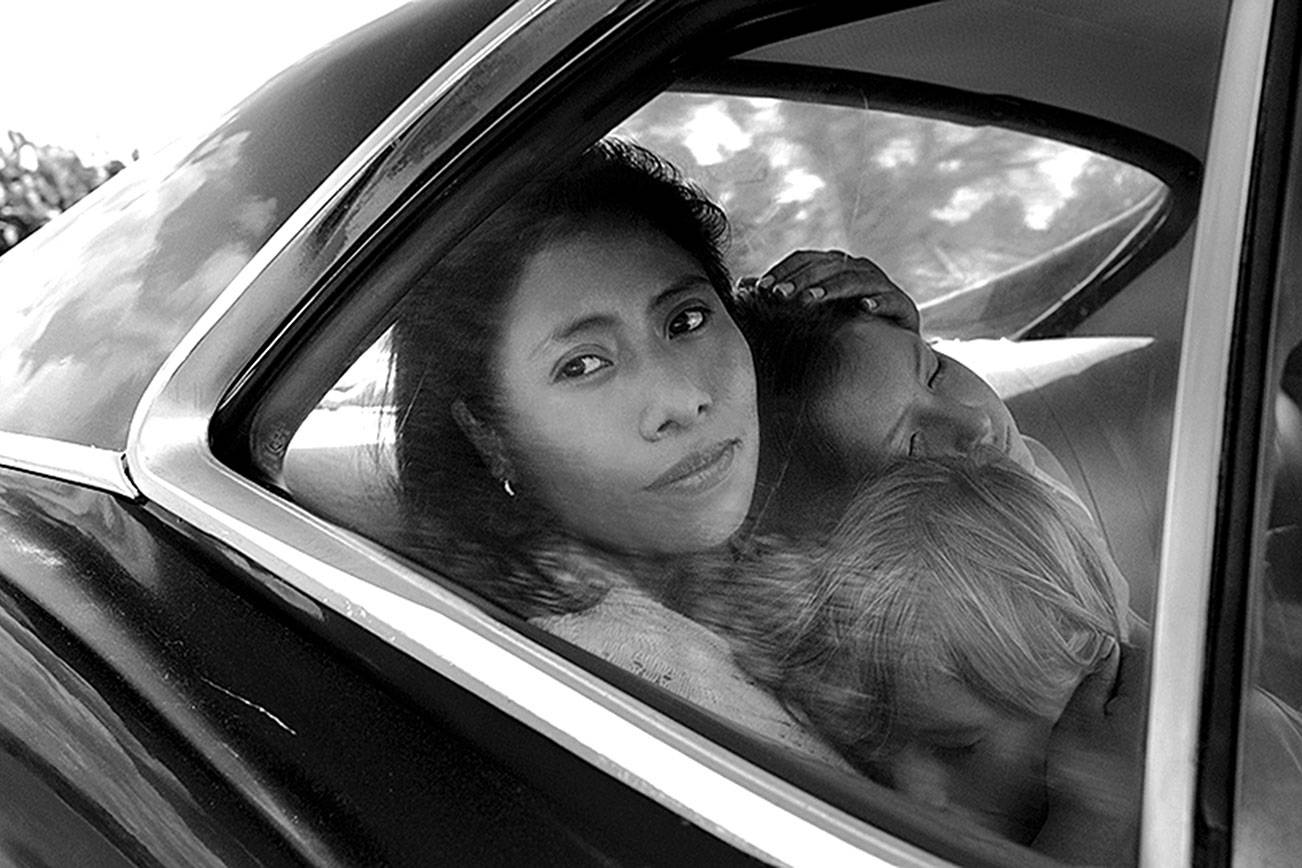B>The camera looks down on Robin Williams from a god-like perspective. He’s floating in an adorable little punt on a gorgeous lake in some idyllic valley. Suddenly I noticed: Oh my god, they’ve used unbelievably expensive computerized morphing devices to erase his wrinkles. It’s not just his wrinkles, it’s the entire texture of his face. They want him to look like he did when he was 20. Instead, he looks like he’s made out of felt. This alarming effect is appropriate, because this is one of those heartwarming Robin Williams movies. It is, in fact, the most heartwarming of all heartwarming Robin Williams movies—you might even call it a heartburning Robin Williams movie.
What Dreams May Come
starring Robin Williams, Cuba Gooding Jr., Annabella Sciorra
now playing at Guild 45th, others
The felt-faced Robin Williams and Annabella Sciorra meet cute on this gorgeous lake. Annabella has her own skin, but to indicate her youth they’ve given her this terrifying Ophelia-esque wig, a rich curly growth that not even Helena Bonham Carter could wear plausibly. They stare blankly at each other and don’t say anything remotely interesting, so they must be soulmates. Fast-forward about 15 years: Robin and Annabella now have two children, a teenage boy and a little girl, both of whom have mastered their parent’s odd, blank gazes. The camera lingers lovingly on the pretty, expressionless faces of these two children; no movie has ever made it so abundantly clear that these children are marked for death. They are hit by a truck, and their funeral immediately follows. Fast-forward a few more years: After a sickeningly sweet scene with a child who gets migraines, Dr. Williams gets in a car accident of his own and dies.
For a happy moment I thought the movie was over, but no such luck. Instead, the dead Robin gets to visit his own funeral. Annabella now wears a severe black wig completely unrelated to her previous head of hair; she looks a little like Kirstie Alley in Star Trek II: The Wrath of Khan. Robin tries to speak to her, but she can’t hear him through her veil of grief. Robin finally surrenders and walks down a long corridor to the white light of the beyond….
And here the movie really goes off the deep end. The central plot point—which arrives about an hour into the movie—is that Annabella commits suicide and goes to hell, and Robin has to go rescue her. But this is a new-age movie, so they’re not exactly heaven and hell; they’re the realities that you create for yourself. Annabella can’t let go of her misery, so she’s in a dark, decaying facsimile of their earthly home. Robin, who’s so goddamn life-affirming you want to run over his dog, finds himself in a glorious multicolored valley. Everyone spouts fuzzy metaphysics: Time doesn’t exist but things still change and progress: You define your own reality, but there are rules imposed from above, etc., etc., etc.
The afterworld, it would seem, is governed more by set design than theology. Heaven springs from the paintings of Maxfield Parrish and the pre-Raphaelites, with a strong influence from Claude Monet. Hell takes after Hieronymus Bosch and Gustave Doré, except for those moments that look like a Duran Duran video. Just to make sure you get it, paintings by all the artists appear in the background of the movie. Robin Williams has a Parrish mural in his doctor’s office; Bosch’s The Garden of Earthly Delights hangs over Sciorra’s bed. In the underworld, one of Doré’s illustrations for Dante’s Inferno hangs on a bleak, crumbling wall. Despite this annoying footnoting, it’s exciting to see computerized special effects used to create something besides big explosions. But you almost can’t appreciate the beauty of these images, because they look so breathtakingly expensive.
All the visual splendor imaginable can’t disguise the tedium of this movie. Quite apart from the theological gobbledygook, the script is bad, terribly bad. When an angel admires Robin for not giving up, Robin defiantly cries, “You ain’t seen nothing yet!” The characters have all the depth of an e-mail emoticon—Robin would be 😉. After the abrupt narrative jumps of the first 20 minutes, the pace drags to a crawl. Heavenly souls talk and talk about how Robin and Annabella are so deeply connected, how true soulmates are so rare, how their love breaks all the rules. Apparently the unlimited love of God just isn’t enough for some people.
What makes human beings interesting isn’t their virtues but their faults; if you doubt that, try sitting through this movie.




